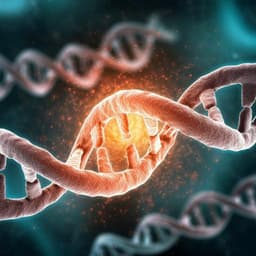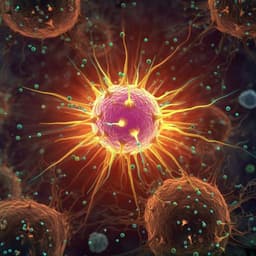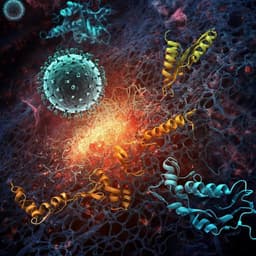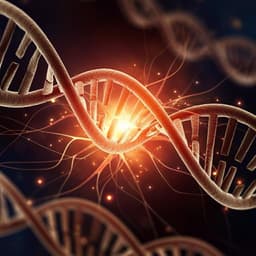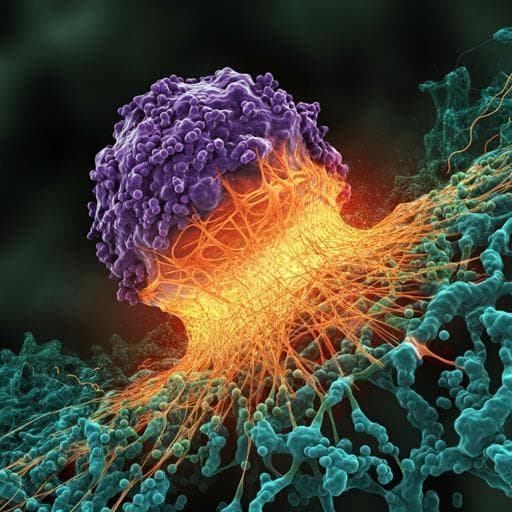
Medicine and Health
ROS induces NETosis by oxidizing DNA and initiating DNA repair
D. Azzouz, M. A. Khan, et al.
Discover how reactive oxygen species play a crucial role in the formation of neutrophil extracellular traps! This research, conducted by Dhia Azzouz, Meraj A. Khan, and Nades Palaniyar, dives into the mechanisms of NETosis, revealing how DNA damage and ROS lead to this fascinating phenomenon.
~3 min • Beginner • English
Related Publications
Explore these studies to deepen your understanding of the subject.



